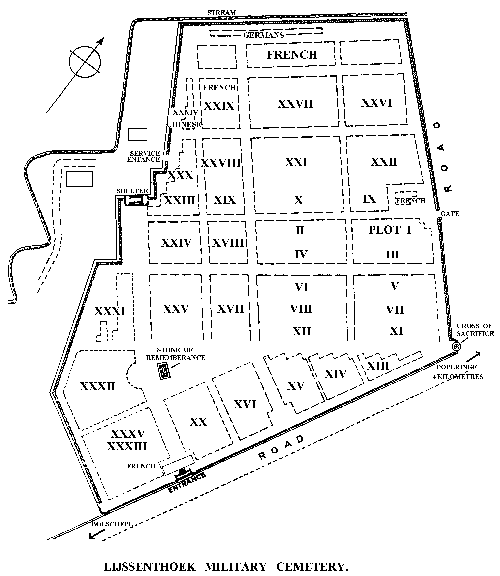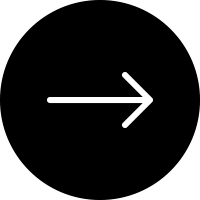



Hubert Stuart's attestation papers




Historically fictional letters to and from Hubert Norgrove Stuart and his mother


Hubert Norgrove Stuart
Hubert Norgrove Stuart was one of many brave Canadian soldiers who fought and died for Britain in the first world war.
Hubert Norgrove Stuart was the son of Robert Norgrove Stuart and Ethelwyn Margaret Stuart on February 21st, 1896. He was born in Dauphin, Manitoba and later moved to Peterborough, Ontario with his parents 701 Stewart Street. He was apart of the Church of England and he never married. He had a dark complexion with dark brown hair and brown eyes. When he signed up he was 5’5 and ¾ of an inch tall and 135lbs. The only significant mark he had was a scar on his upper left foot. Hubert worked as a surveyor's assistant, and determined the precise boundary points of pieces of land, air, and sea.
Hubert Norgrove was only nineteen when he enlisted in the Great War, on June 14th, 1915. His service number was 454068. He was assigned to the unit Canadian Infantry (Central ON Regiment), and the 39th battalion. He was later transferred to the 4th battalion on March 20th, 1916, and remained there until his death. Hubert entered the war as a private and was promoted to a lieutenant throughout the war. He sent his salary straight to his parents.
He was admitted to the hospital twice in the war, once to the Moore Barracks Military Hospital for a contagious condition that causes sores and blisters called Impetigo on December 31st, 1915. He spent weeks in the hospital and was finally discharged on January 20th, 1916. He was sent back to fight in the war and would only be treated in a hospital once more. He was admitted for a second time on April 28th, 1916 for scabies. Scabies is a type of mite that causes skin irritation that affected 6.1% of treated soldiers in the first world war.
Hubert fought his duration of the war in France and reached his end near Ypres. It can be assumed that he died in the Second Battle of Ypres due to the fact that he was buried very close to the Belgian city, and his death took place in the same timeline of when the battle was fought. He died on May 27th, 1916 from multiple gunshot wounds to the face, arms, back, head, ribs, legs, and left hand. The enemy was extremely thorough in his extermination. He was buried Lijssenthoek Military Cemetery, West Vlaanderen, near Poperinge, Belgium. He was buried with 9876 other soldiers there. His grave remains standing at the grave reference VII- A- 24.
Hubert Norgrove Stuart fought bravely and is remembered in the Peace Tower’s Book of Remembrance on the 169 page on April 17th.


4th Battalion pin of WW1 soldier
Hubert's obituary

Moore Barracks Military Hospital at Shorncliffe Army Camp, where Hubert was admitted for Impetigo on December 31st, 1915.

Canadian 4th Battalion

WORLD WAR ONE ART AND pOETRY



Hubert Norgrove Stuart died on May 27th, 1916. He was buried in Belgium in Lijssenthoek Military Cemetery

Hubert Stuart's grave, in Lijssenthoek Military Cemetery, where near 10,000 other soldiers lie.
Overview of Lijssenthoek Military Cemetery, near Poperinge.
Hubert's name is remembered on the Peace Tower, on the 169th page on April 17th.

Canadian Sentry, Moonlight, Neuville-Vitasse
Painted by Lieutenant Alfred Theodore Joseph Bastien, in 1918.

The Second Battle of Ypres painted by Richard Jack, in 1917..

Canadian Artillery in Action Painted by Captain Kenneth Keith Forbes, in 1918.

L'Envoi
My job is done; my rhymes are ranked and ready,
My word-battalions marching verse by verse;
Here stanza-companies are none too steady;
There print-platoons are weak, but might be worse.
And as in marshalled order I review them,
My type-brigades, unfearful of the fray,
My eyes that seek their faults are seeing through them
Immortal visions of an epic day.
It seems I'm in a giant bowling-alley;
The hidden heavies round me crash and thud;
A spire snaps like a pipe-stem in the valley;
The rising sun is like a ball of blood.
Along the road the "fantassins" are pouring,
And some are gay as fire, and some steel-stern. . . .
Then back again I see the red tide pouring,
Along the reeking road from Hebuterne.
And once again I seek Hill Sixty-Seven,
The Hun lines grey and peaceful in my sight;
When suddenly the rosy air is riven —
A "coal-box" blots the "boyou" on my right.
Or else to evil Carnoy I am stealing,
Past sentinels who hail with bated breath;
Where not a cigarette spark's dim revealing
May hint our mission in that zone of death.
I see across the shrapnel-seeded meadows
The jagged rubble-heap of La Boiselle;
Blood-guilty Fricourt brooding in the shadows,
And Thiepval's château empty as a shell.
Down Albert's riven streets the moon is leering;
The Hanging Virgin takes its bitter ray;
And all the road from Hamel I am hearing
The silver rage of bugles over Bray.
Once more within the sky's deep sapphire hollow
I sight a swimming Taube, a fairy thing;
I watch the angry shell flame flash and follow
In feather puffs that flick a tilted wing;
And then it fades, with shrapnel mirror's flashing;
The flashes bloom to blossoms lily gold;
The batteries are rancorously crashing,
And life is just as full as it can hold.
Oh spacious days of glory and of grieving!
Oh sounding hours of lustre and of loss!
Let us be glad we lived you, still believing
The God who gave the cannon gave the Cross.
Let us be sure amid these seething passions,
The lusts of blood and hate our souls abhor:
The Power that Order out of Chaos fashions
Smites fiercest in the wrath-red forge of War. . . .
Have faith! Fight on! Amid the battle-hell
Love triumphs, Freedom beacons, all is well.
Robert W. Service, a famous British- Canadian poet. (1874- 1958)
L'Envoi by Robert W. Service. Collected in Rhymes of a Redcross Man. This poem was written in 1916, the same year Hubert Stuart was killed in battle.


